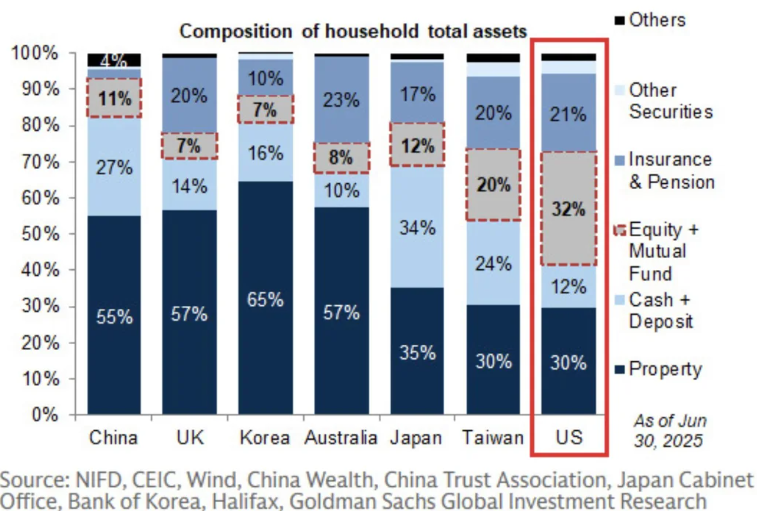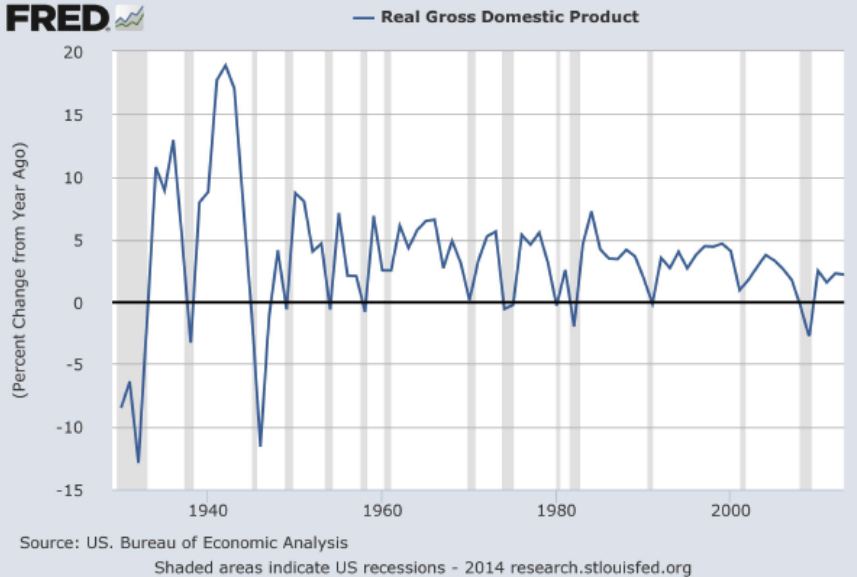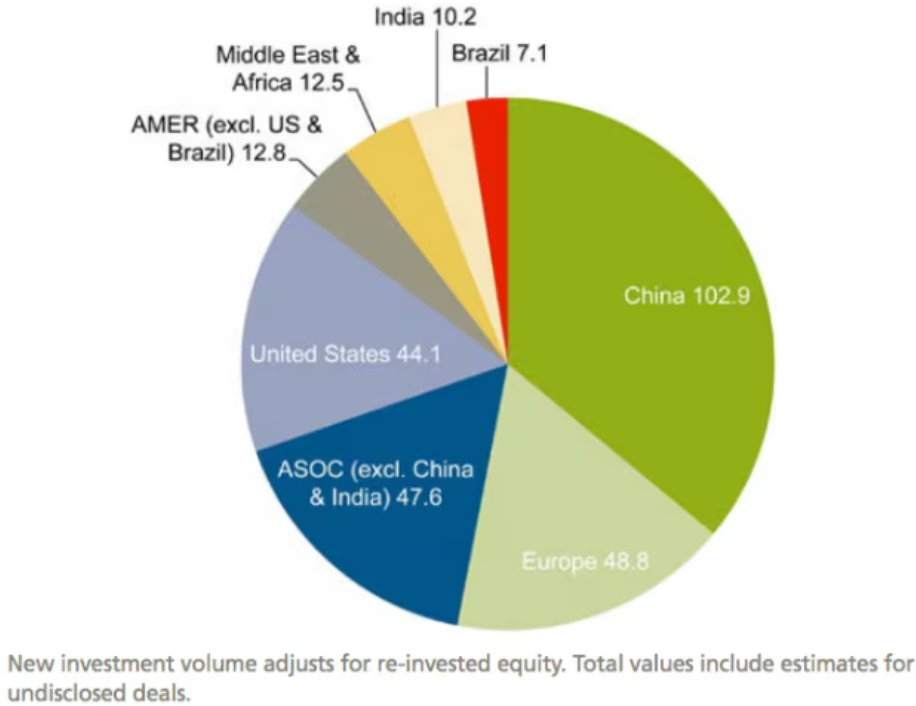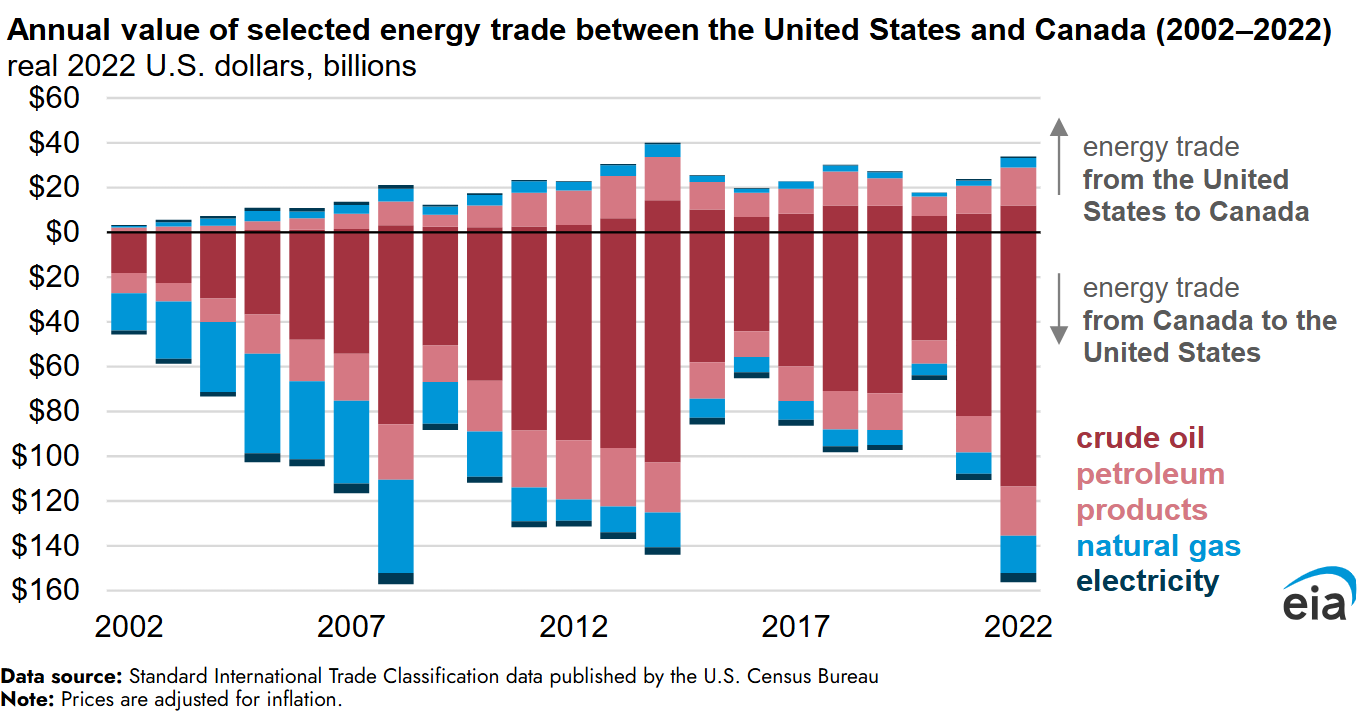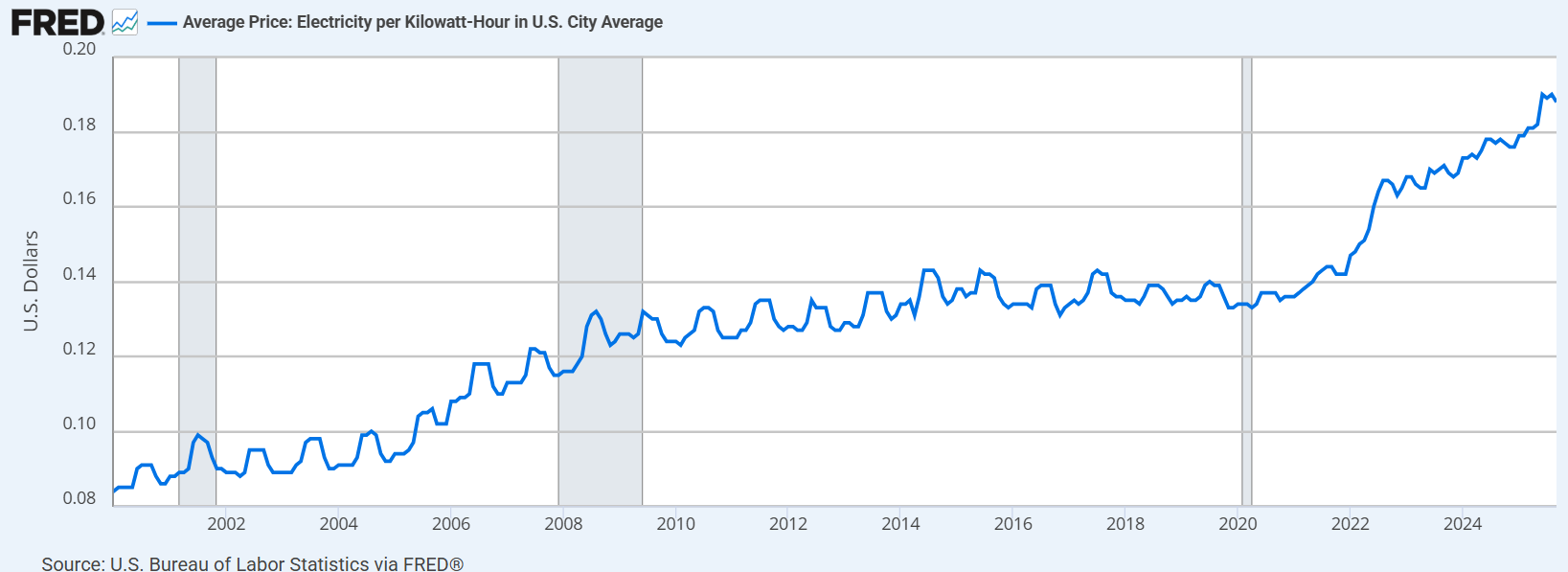Colin Read • May 7, 2023
A Looming Default? - May 7, 2023

Most households try to manage their credit to ensure that they have access to borrowing if necessary to purchase a car, improve our homes, or fund our kids in college. The difference between a good and a fair credit rating may cost us many thousands of dollars of interest in a year.
We are at the whim of credit rating agencies if we wish to incur debt. Larger borrows are no less dependent on ratings agencies when they issue debt. While their interest rates may not vary as much as may households, the borrowed sums can be mind-bogglingly large, which results in significant burdens nonetheless.
Meanwhile, Congress is playing a game of chicken to see who will blink first in permitting an expansion of the debt limit for liabilities already incurred. The last time such serious brinkmanship prevailed a dozen years ago, our U.S. treasury bonds were either degraded or moved from the stable to negative category, with some of these credit assessments never returning since to the stellar bond rating the U.S. has traditionally maintained.
While the resulting perhaps ten or twenty basis points (0.1 or 0.2 percentage points) of interest does not sound like much, when combined with our profligate spending since then, the national budgets here and in many wealthy countries are reaching the breaking point. In 2008 the most advanced nations cited warning signs for Italy and Greece as their debt to GDP approached and exceeded 150%. Combine the very high level of debt with a movement from almost a zero interest rate to one four or five times higher, and many nations are approaching perilous times.
Unsustainably and problematically low and prolonged interest rates are only part of the problem. They hid the legacy we are leaving to future generations because they artificially priced downward the debt. These low debt costs also made us complacent to fiscal discipline, which resulted in a quadrupling of national debt in barely a decade and a half.
Part of our temporary immunity to debt arose because of the trade deficit that enables budget deficits. These twin deficits go hand-in-hand for a simple reason. When a nation runs a trade deficit, far more dollars flow offshore than return to our nation in the form of exports. Instead, these dollars of little utility elsewhere and with no pressing need to be spent by trade surplus nations, instead are parked in US bond markets so they can at least earn some sort of a return. A ready supply of dollars means the US Treasury has a room full of willing bidders, many from other nations, each time the US wishes to issue more debt. While this unsustainable process continues, the US temporarily enjoys the benefit of cheap money, and fiscal policy is made to sound inexpensive.
Now these troubles are coming home to roost. By the end of the decade, the US will approach Greece and Italy debt levels, and interest payments will constitute a huge and growing share of the budget. Already in Japan, with very low interest rates, must devote 8% of their annual budget to interest alone. Meanwhile, populations are aging, here and there, which demands even more funds to be diverted to health care and social security. As we have discussed, both Medicare and social security expect expenses to exceed tax revenues around 2030. At that point, they must cash in artificially cheap US bonds they have stockpiled, which lowers the price of bonds and increases interest rates the treasury must pay even further.
An aging population, looming perennial budget deficits, and higher interest rates as capital becomes more scarce and America’s middle class poorer, all combine to repeal any illusion some may have harbored that our economies have somehow transcended fiscal responsibility. To return the US economy back to normal levels of deficits, without even with the expectation of significant reductions in the unprecedented level of accumulated debt, would require almost unfathomable reductions in domestic government spending. Structural changes in our spending to encourage sustainability and productivity over consumption, and significant increases in taxes seem inevitable if we are to return to any sense of economic normalcy. Yet, these policies impose the greatest cost of generations to come to make up for the follies of the most recent couple of decades.
It would be comforting if both parties could put brinkmanship and partisanship aside and develop some strategies for increased productivity and revenue and decreased spending. If not, markets will certainly impose a new equilibrium with significantly higher long term interest rates on US government debt, a lower level of discretionary spending and perhaps imports, and perhaps lower bond ratings. Other nations, such as Japan and even China are facing some of these same challenges. However, Japan is more accustomed to this looming new reality, and China has the convenience of capital controls that ensure a ready supply of capital to fuel government spending there. Meanwhile, the U.S. ranks fourth, between Japan, Greece, and Italy, in its debt as share of GDP, but we seem to be moving up with a bullet.
It will be harder for the U.S. to adjust, given our sense of economic exceptionalism. Soon, though, we must all pay the piper, new and too-convenient economic and monetary theories aside.
